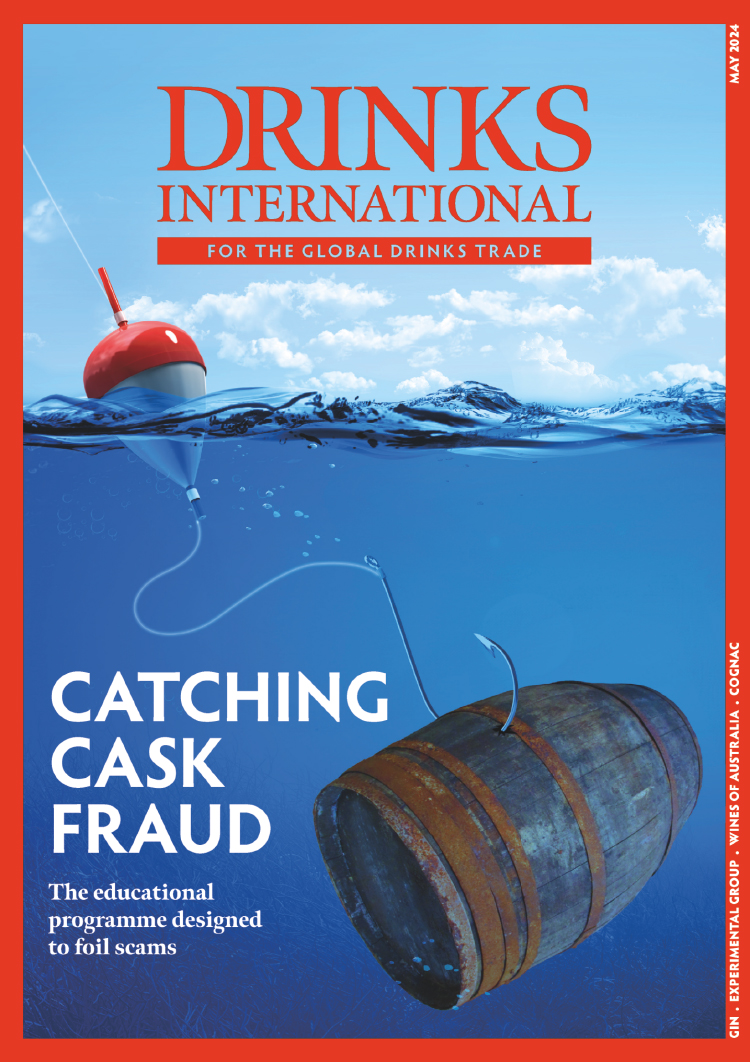Gascony in south west France is the home of D’Artagnan, the main character in Alexandre Dumas’s The Three Musketeers. It is home to the hero of the play Cyrano de Bergerac and to Henry III of Navarre who later became Henry IV, king of France.
It is also where Armagnac is produced. In the 14th century cardinal Prior Vital Dufour – a Franciscan theologian and scholastic philosopher – is said to have claimed the spirit had 40 virtues.
He said: “It makes disappear redness and burning of the eyes, and stops them from tearing; it cures hepatitis, sober consumption adhering. It cures gout, cankers and fistula by ingestion; restores the paralysed member by massage; and heals wounds of the skin by application.
“It enlivens the spirit, partaken in moderation; recalls the past to memory, renders men joyous; preserves youth and retards senility. And when retained in the mouth, it loosens the tongue and emboldens the wit, if someone timid from time to time himself permits.”
Divine endorsement indeed.
Amanda Garnham, at the Bureau National Interprofessionel de l’Armagnac’s (BNIA), puts it succinctly: “Armagnac is the oldest brandy in France. It celebrated its 700th anniversary in 2010. It is a noble spirit with a long history. It is not elitist, nor very expensive.
“An artisanal and traditional product, armagnac is made by families, not industries. Most producers are small in comparison to the other famous brandy [cognac]. Although there are similarities, it should not be compared for many reasons: different terroirs, different climate, more diversity in grape varieties – 10 permitted in the AOC of which four main ones are used: Ugni Blanc 55%, Baco Blanc 35%, Folle Blanche 5%, Colombard 5%, using Gascon oak most of the time.”
Garnham says the armagnac category has changed dramatically since she started working for the BNIA in 2003. At that time the sales split was: France 60%, export 40%. Now exports account for 60% of sales. Where the UK was once the most important export market for armagnac, it is now the Asian markets.
“One consideration for a decline in the UK market – and others, has been the economic climate, though in the past year I have noticed a change of direction in favour of armagnac as bartenders become more aware of its existence and the fun they can have with all of those flavours when creating original cocktails,” says Garnham.
The BNIA has created Armagnac Academies. In London, AAs are a full-day educational programme followed by an exam. The academies are going to be extended to other countries: US in October and Russia will follow. The BNIA has ambassadors in London, New York, Chicago, (soon San Francisco) and Moscow. Each of these ambassadors organises and presents masterclasses to educate professionals and consumers alike.
Masterclasses
Garnham, a veritable Joan of Arc for armagnac, takes on the battle herself by visiting bartenders in their bars and offering masterclasses with tastings. The BNIA organises educational trips to the region. “Bartenders are artists and once presented with the full array of diversity, they can then discover and play with the product and its many different facets,” she says.




